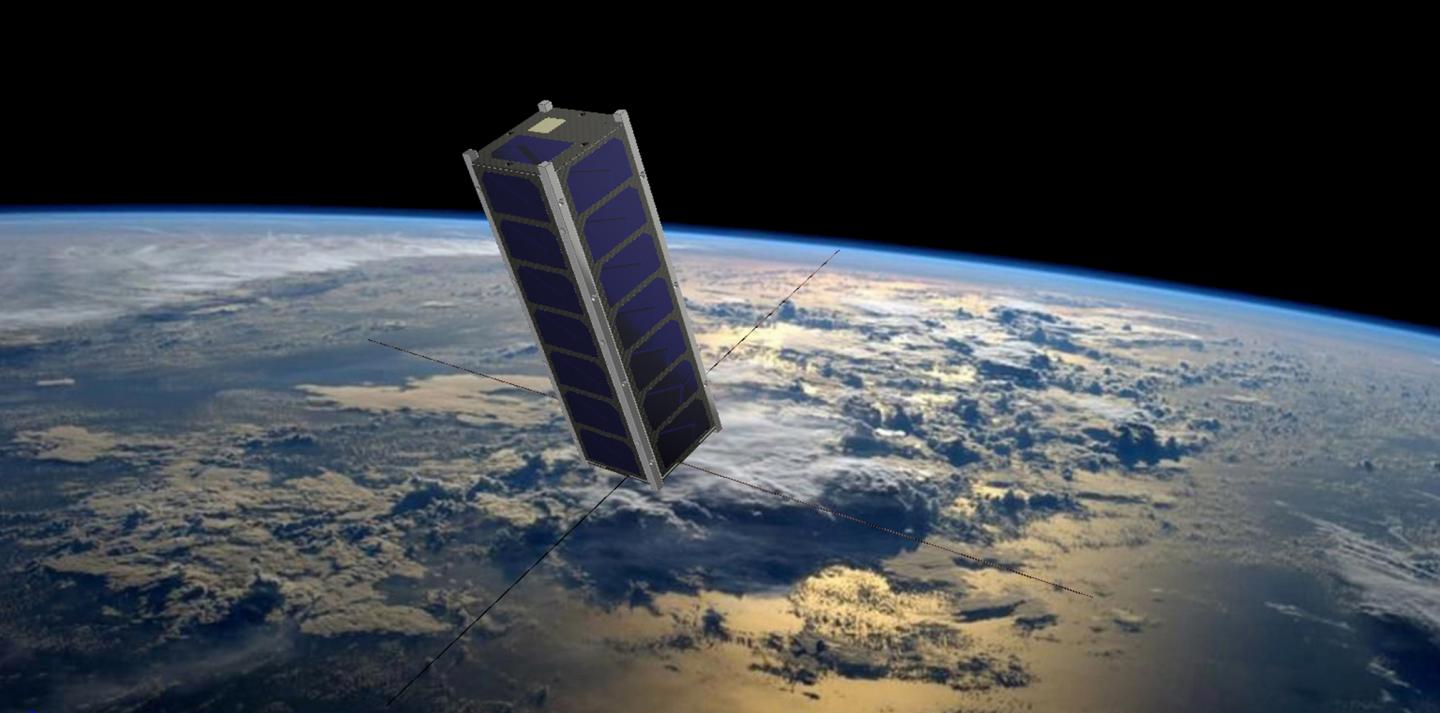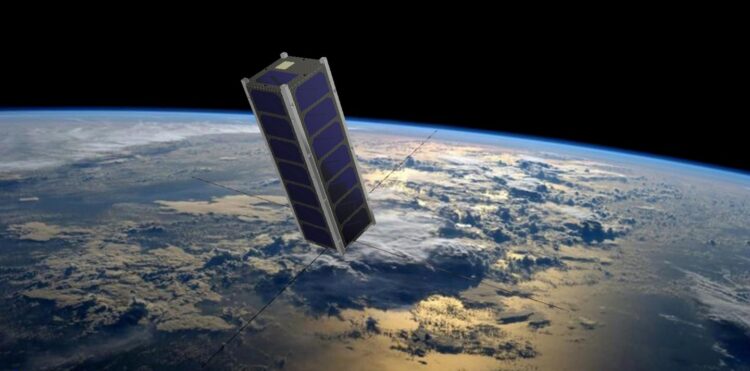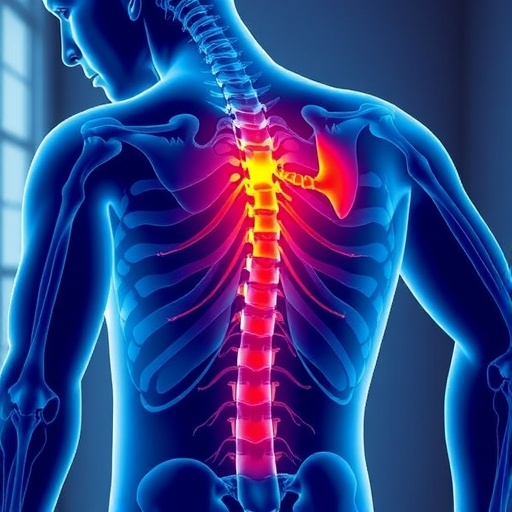
Credit: (Picture: Chair of Computer Science VIII / University of Würzburg)
Some satellites are only slightly larger than a milk carton. This type of construction is now to be given a further simplified architecture and thus become even lighter and more cost-effective: This is the goal of the teams of Professors Sergio Montenegro of the University of Würzburg and Enrico Stoll of the Technical University of Braunschweig, both in Germany.
Their joint project INNOcube is funded by the German Aerospace Center (DLR) – Space Management Division with funds from the Federal Ministry for Economic Affairs and Energy.
Many students will be involved in the project, for example in the form of internships or bachelor and master theses. Two highly innovative technologies, Skith and Wall#E, are at the heart of satellite construction.
Battery made of a special fiber structure
Wall#E was developed in Braunschweig at the Institute of Space Systems. It is a special fibre-reinforced structure that can store electrical energy and at the same time can be used as the supporting structure of the satellite.
“This type of battery allows a significant reduction in the mass and volume of a satellite while maintaining the same performance,” says Professor Stoll. Wall#E stands for „Fiber Reinforced Spacecraft Walls for Energy Storage”.
Radio modules for wireless control
The wireless satellite infrastructure Skith (Skip the harness) originates from Würzburg. It eliminates the internal cabling of the satellite components by enabling data transmission with ultra-broadband radio.
“The low signal strength of the radio modules means that the highly sensitive instruments on board the satellite are not disturbed,” explains Professor Montenegro. Skith also ensures that the satellite’s mass, complexity and integration effort are reduced. For example, individual satellite components can easily be replaced even shortly before the rocket launch.
Orbit test planned for 2023
The small satellite INNOcube, in which Skith and Wall#E are integrated for the first time, is expected to be launched into orbit by a rocket at the end of 2023. The researchers plan to put it through its paces for a year. The satellite will orbit the earth at an altitude of 350 to 600 kilometres. It weighs about four kilograms and measures 34 × 10 × 10 centimeters.
The findings from the orbit tests are to be incorporated into both terrestrial and space-related technologies. It is conceivable, for example, that the combination of Skith and Wall#E will enable the construction of aircraft with fewer cables and energy-storing outer walls. This would save weight and could possibly open the door to electric flying.
Award-winning technologies in use
The Wall#E and Skith technologies have emerged as winners of the DLR INNOspace Masters competitions in 2016 and 2017 respectively. Their development was supported in separate projects by DLR Space Agency with funding from the German Federal Ministry for Economic Affairs and Energy. The INNOcube project started April 1, 2020.
###
Media Contact
Sergio Montenegro
[email protected]
Original Source
https:/





